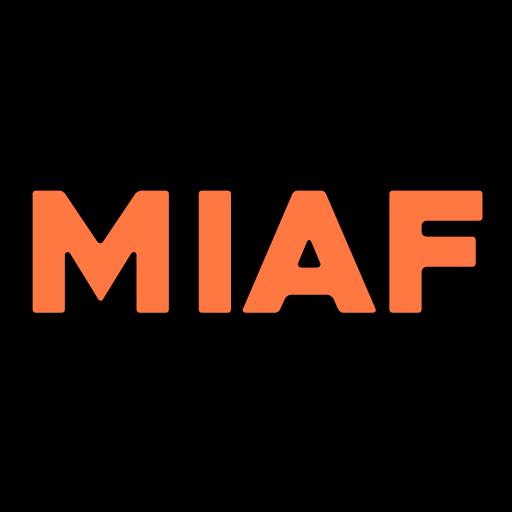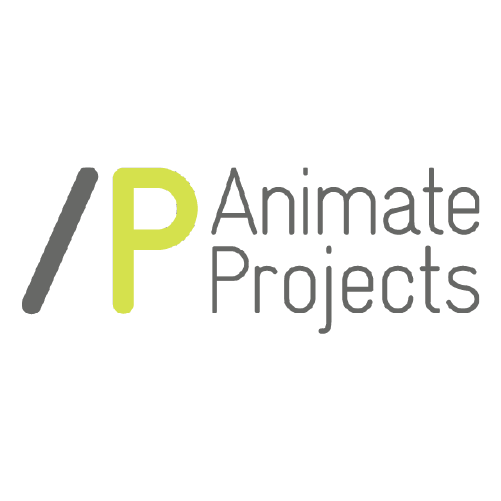Abstract animation is closer than close to our hearts here at LIAF HQ. So much so, we simply had to write an article about it. What follows is an introduction to LIAF 2016’s Abstract Showcase. You can find out more about this screening here.
Abstract animation plays a vital role in underpinning the core and purest elements of what animation in general is capable of expressing. In turn, this allows animators to produce incredibly interpretative and challenging imagery. These types of films which sit upon the bedrock elements of what animation is really about remind us that, at heart, it all comes down to having something significant to convey and the ability to articulate that using the most nakedly fundamental tools available in the moving image maker’s toolkit.
Abstract or experimental animation is a near-limitless trove from which to draw. It is released from the shackles of building coherent characters and the specific logic of a created world. Although the dissolving of these demands frees the imagination to depict the simplest and most complex thoughts of the artist, it also removes all the distractions and camouflage that a lesser expresser might be able, willing or compelled to hide behind.
Under these terms, abstract animation can be a depiction of just about anything that can nip at the very edges of imagination. These films are born of a near infinite roster of inspirations and they are made with a diverse range of tools and techniques. They can be provocateurs of specific memories, dreams and thoughts or they can prowl the perimeter fence of our imaginations, prodding us to think harder and look deeper into our scrambled, semi-formed thoughts. And they can be fun!
How much abstract animated fun can we have in one minute? We’re about to find out. Jazz Orgie by Irina Rubina is an irresistible one-minute wonder. It packs a lot into its minute of glory. It has eye-popping design melding perfectly with textbook animation; it moves, sways, swivels and flies without missing a beat. Underneath this swinging optical carnival is a surprising amount of multi-discipline custom art. The soundtrack was devised especially for the film by Emanuel Hauptmann, leader of jazz quintet Blofish using sketches from the filmmaker as inspiration and guidance for the final recording. In turn, the music was translated into dance by a professional dancer which was filmed by Rubina – and this live-action dance piece became the base for what has turned out to be a remarkable piece of abstract animation.
Jazz Orgie from Irina Rubina on Vimeo.
Australian based animator and teacher Paul Fletcher has a typically low-key, yet forthright, explanation for both the inspiration and method behind his film Summer Streets.
“The all care and no responsibility luxury of simply responding to a given theme and structure provided by Tatonic’s music,” he says, discussing his reasons for taking on the project. “Some or any, apparent, complexity in the film emerges from simple iterative processes and software based on maths that I personally have no hope in hell of understanding and yet this makes me appreciate patterns found in nature even more.”
Speaking to the enduring power and relevance of contemporary abstract animation, this programme includes a number of films by filmmakers well known to LIAF audiences over the years. Mirai Mizue’s work is also an essential inclusion in our programme focusing on new Japanese animation and the prolific Chinese animator Lei Lei has gifted us Books On Books which, quite apart from anything else, is a visual megaphone announcing the increasing complexity of his filmmaking and a maturing visual styling that is tending away from his earlier rapidly hand-drawn look to one that beautifully blends a cool sophistication with an appealing retro feel.
<Books on books> trailer from RAY on Vimeo.
Malcolm Sutherland and Joanna Priestley are another two familiar names. Sutherland has quietly and methodically crafted an outstanding body of work over the years which veers from the near-narrative to the transcendentally abstract. His new film This sits very much in the latter and continues Sutherland’s fascination with animating ethereal visualisations inspired entirely by specific sounds, in this case those of chanting Buddhist monks. Portrayed in a gently pulsating, stylishly understated black and white palette, This is a beautiful realised visual conversation between picture and sound.
By contrast, Priestley turns the colour dial way up and opts for the most crowded and condensed of frames. Her new film Bottle Neck takes a number of classical painting tropes and works them hard to express a much more contemporary conglomeration of images that can best be described as a restless, constantly moving puzzle made up of a veritable forest of everyday items. Bottle Neck completes a trilogy (Eye Liner, 2011 and Split Ends, 2013) which has seen Priestley explore this aesthetic and make it her own.
Robert Seidel’s new film Vitreous started life as a massive outdoor CGI projection. By the organic interplay of various structural, spatial and temporal concepts, he creates a continuously evolving complexity with what he brings to the screen. Vitreous is an obvious and outstanding example of this. It looks for all the world like the bursting forth of a new life form viewed at micro-level. Its original screening as a 4 metre tall, 14 metre wide projection onto the very top levels of the German Filmmuseum in Frankfurt last year would have been an addition to the skyline of that city like no other.
But in many ways, one of the more striking messages that could be taken from the line-up of films selected for this year’s Abstract Showcase is the rise and rise of ‘direct-to-film’ animation. Literally half of the films in the programme are either purely direct-to-film animation or those which draw heavily from the rules and aesthetics of the form. It flies in the face of contemporary orthodoxy that animation is created via the use of complex, sophisticated and expensive technology driven more by professional-level skill than any sense of artistic creativity.
Direct-to-film animation goes back almost to the beginnings of filmmaking as a technology. It speaks to a desire by some filmmakers to manually work with a physical material; to make their marks directly on to the physical medium that will transmit their visions. That motivation, passion and need is something any painter or sculptor would easily relate to.
Canadian filmmaker Judith Poirer comes at direct-to-film animation from a completely different direction. Much of her work to date explores her fascination with typography and the iconography of the offset printing process. Her latest film, Setting West, is a continuation and an expansion of that fascination.
Setting West was made using original printing materials from the late 19th and early 20th centuries. Printed directly onto 35mm film stock and drawing raw material from a bevy of eminent North American letterpress studios, the selection of pure type and stereotypes of “Cowboys and Indians”, trains and bison employed in the making of the film produces a unique texture on screen, all set to an original soundtrack. In doing so, it actually reinterprets a classic cinematic genre while exploring a formative period in the history of typography and printing.
Oerd Van Cuijlenborg has realised some of the most accomplished abstract, direct-to-film animations created in recent times. A filmmaker with an astounding natural sense of timing, his films are almost visual depictions of sound in three dimensions. All of this and more is the reason we have not one but two of his films in this programme. Youpla and Sai Gon both qualified for competition and we just couldn’t choose between them. In both films we see Van Cuijlenborg seamlessly harnessing the tools of modern filmmaking to create the intricate, endlessly varying textures of purely abstract direct-to-film images that date back to the very beginnings of the form.
Likewise, Gina Kamentsky also has two films in this programme. Her films are more crowded and press a wider range of mediums into service, replying on semi-representational graphic elements and an anti-narrative (kind of) extracted from a sliced’n’diced found soundtrack to present a full sensory experience that is difficult to take in – or describe – after just a single viewing.
The programme closes with a clever, perhaps irreverent take on one of the most important direct-to-film works of all times…. Begone Dull Care, the 1949 classic by Norman McLaren and Evelyn Lambart. Paul Johnson’s 2015 ‘update’ was simply too delicious a conundrum to pass up. Johnson is a Vancouver based teacher and animator with a 20 year career behind him.
Begone Dull Care 2015 TRAILER from 8bit_Paul on Vimeo.
His Vimeo handle – “8bit_Paul” gives you a fairly good hint at where this might be going. What rolls out is an amazing pixel art chiptune animation created from an impossibly tiny amount of raw material and technology. It’s as lo-fi technically as it is complex conceptually. Hand-on-heart homage with an inescapable tinge of pointless escapist fun, it is the perfect way to close out this wide-angle view of the varied and brim-full world of abstract animating.
Malcolm Turner, MIAF Director
















